The Dahlia Ridge Trail makes a school legacy interactive
By: Carolyn Kemmett
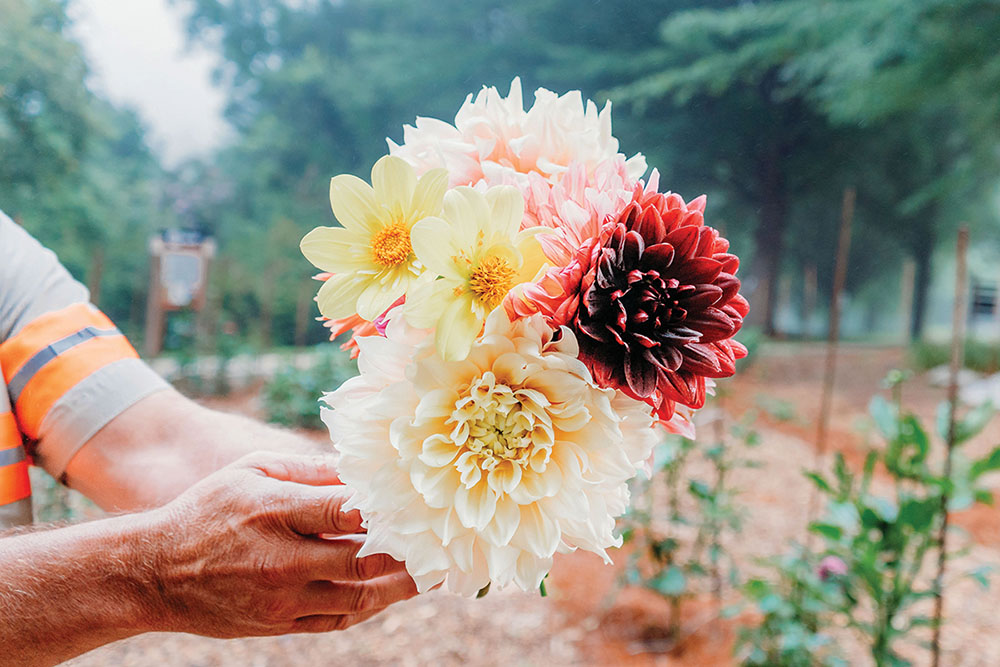
“Fitzy’s Dark Angel” isn’t a band name, and “Speckled” and “Cornel” aren’t hen breeds. Instead, these charismatic names belong to three types of dahlias.
The striking, many-petaled flower is meant to dazzle us in late summer and early fall. But when dahlias are curated on a college campus, they become a tool for growth all year long.
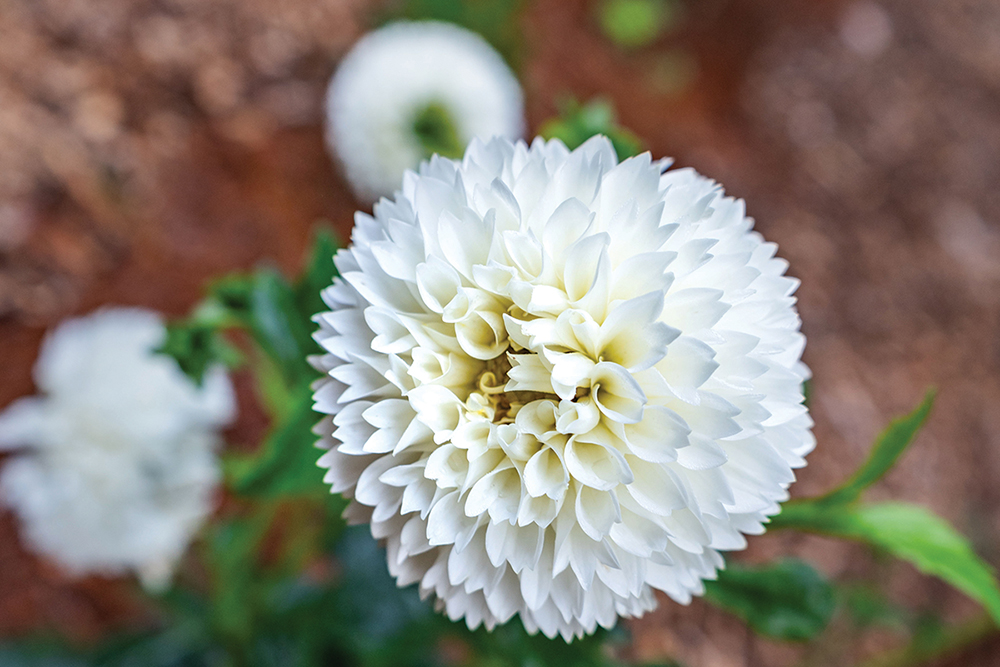
Photo by Clay Nations Photography
One of the best local venues for viewing the seasonal favorite is on Haywood Community College’s bucolic 120-acre campus. A little over a year ago, HCC unveiled its 3.5-mile Dahlia Ridge Trail, the most recently completed leg of a lovely campuswide network of public nature trails.
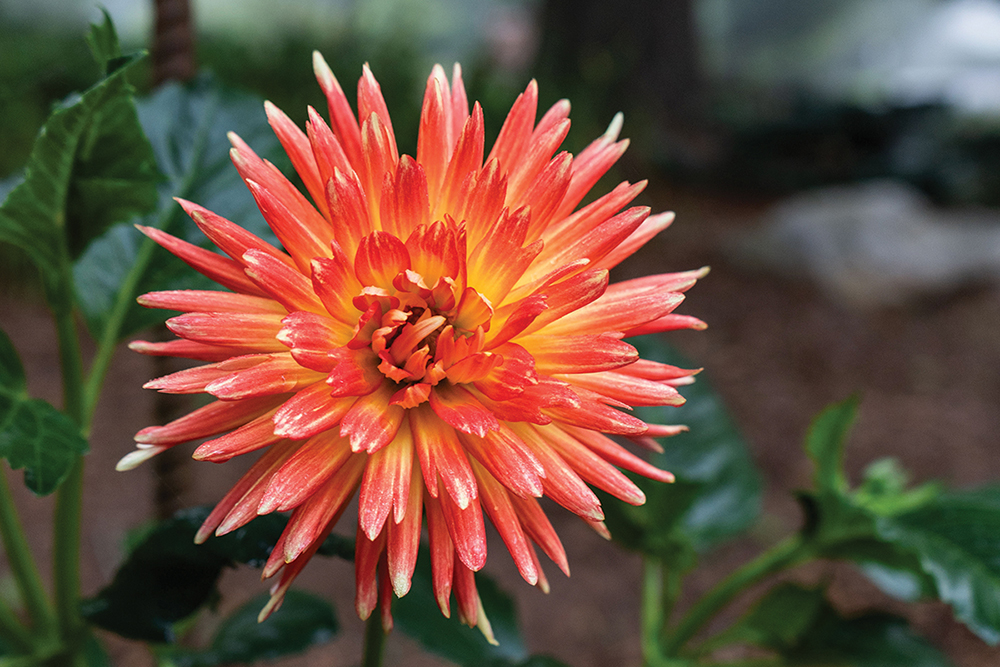
Photo by Clay Nations Photography
The college turns 60 next year, and though its humble first location was in a school building in Canton, benefactor (and avid gardener) A. L. Freedlander donated the land in Clyde that became its current arboretum-like campus in 1966 — with two stated conditions: that the HCC campus become “the most beautifully landscaped area in Haywood County,” and that “a good collection of dahlias” be established on the grounds.
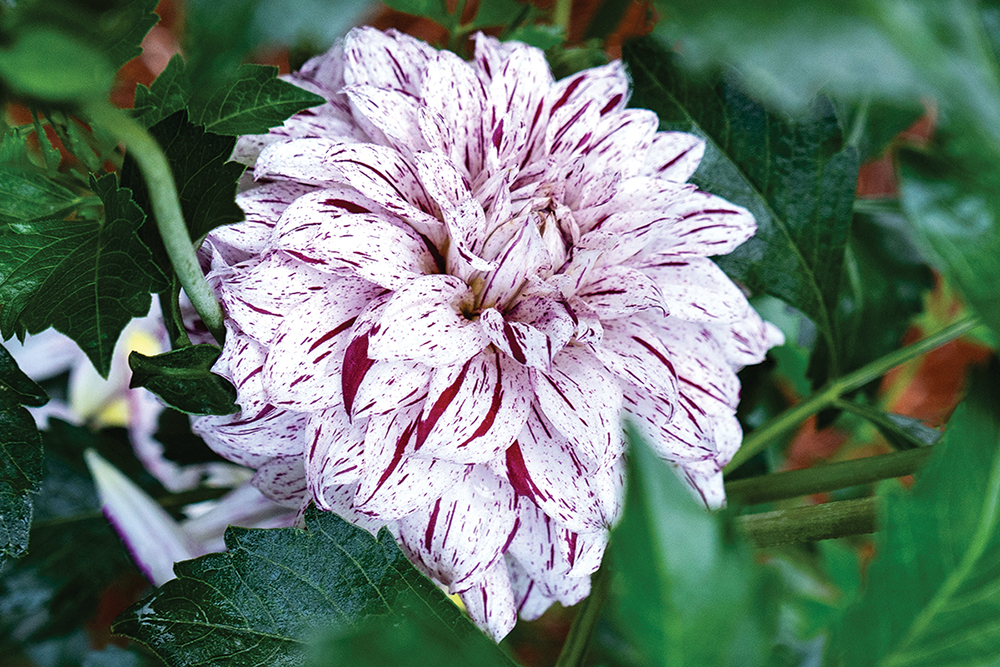
Photo by Clay Nations Photography
John Palmer, the college’s first director of the campus arboretum, created a proposal for the dahlia garden and accompanying root cellar in the late 1970s, and award-winning dahlia grower Billy Medford designed the garden’s first iteration in 1981. Fittingly, his interest in the bloom began years before, when he visited Freedlander’s aptly named estate: “Dahliadel in the Mountains.”
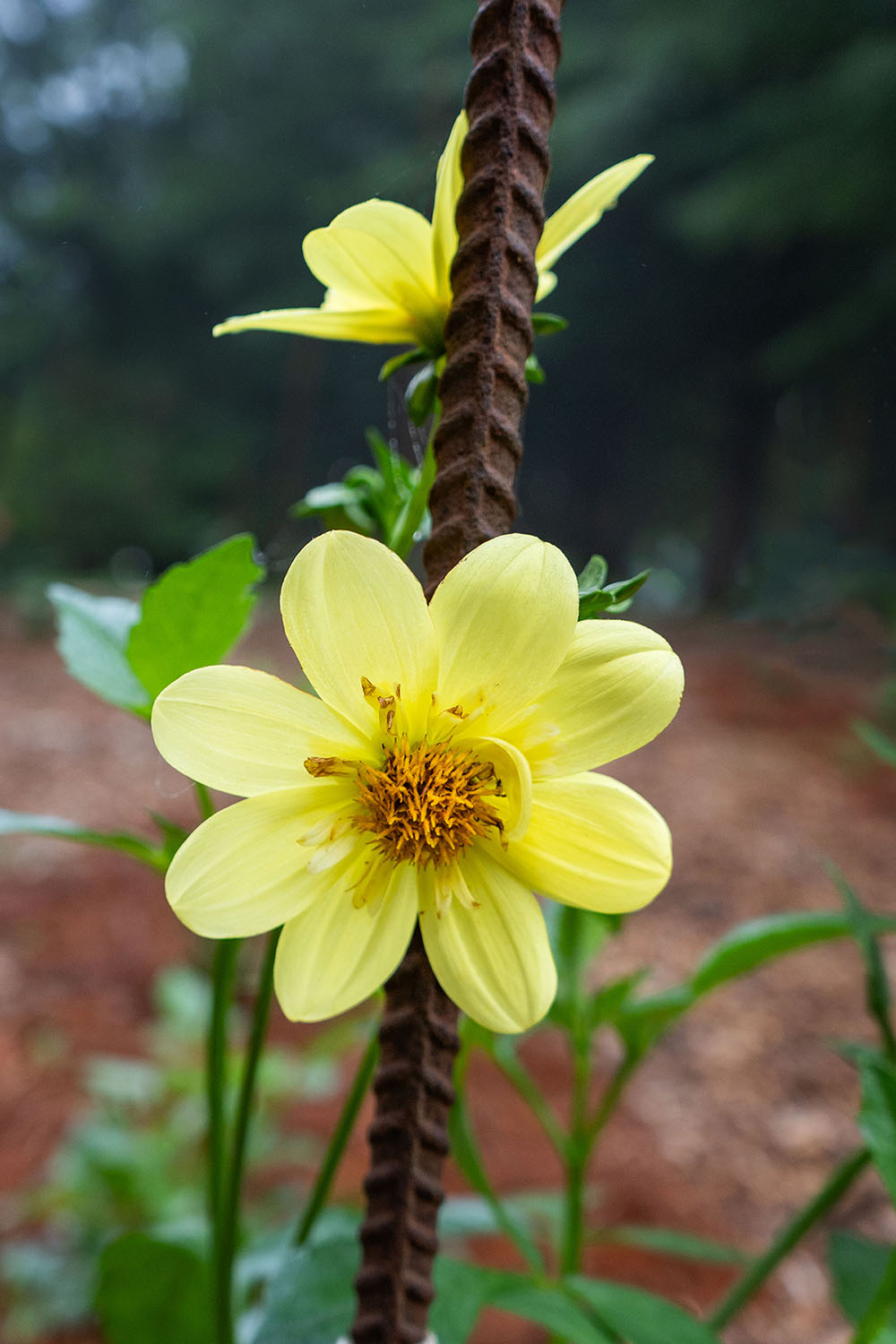
Photo by Clay Nations Photography
Today, the dahlia garden seems to be as important to students and faculty as it was to Freedlander. Trevor Young is part of the HCC Campus Development Staff and has gained expertise while tending the sun-loving flowers.
Dahlias tends to be labor-intensive. “We dig up and split the tubers every fall,” Young explains, “and they must be identified carefully so we know what each one is.” After winter storage, “the following spring, we plant them the week after Mother’s Day, so there’s no danger of any harmful frost.”

Trevor Young, part of Haywood Community College’s Campus Development Staff, describes the labor-intensive flower. Photo by Travis Bumgardner. BELOW: Dahlias come in more than 125 colors, including the grapey purple of this “Thomas Edison (see below).”
Photo by Clay Nations Photography
Then comes mulching, fertilizing, staking, and much more. But the effort is worth it. Young shares some amazing facts: Dahlias come in 189 colors, he says, and there are 27 different potential petal combinations, which sets the stage for countless arrangements of size, shape and hue, from neat pompon dahlias to dramatic “dinner plate” dahlias that can reach a foot wide.
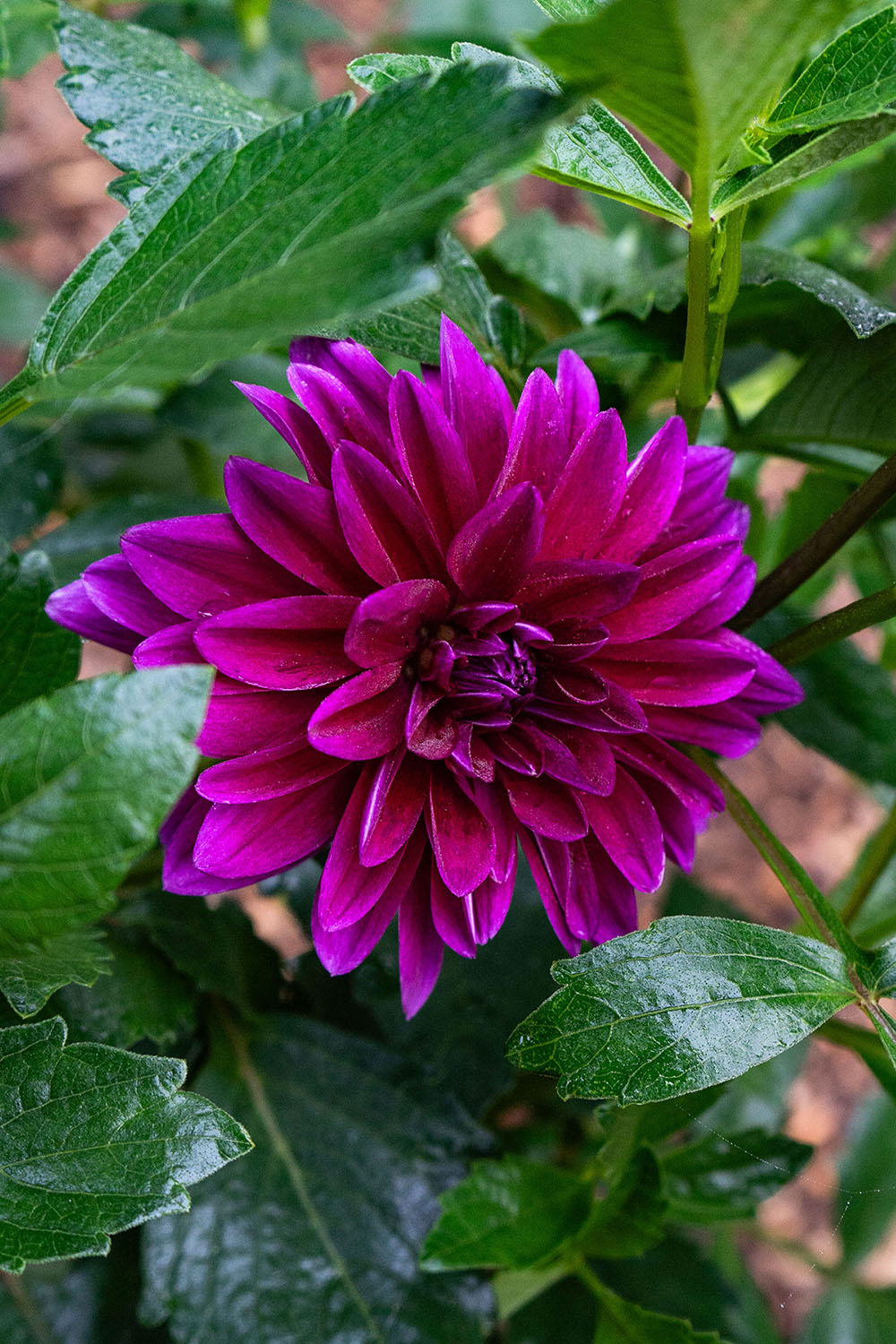
A close look at the garden reveals petals that are fiery toned, electrifying fuchsia, sunny marigold, and more, along with petal patterns that range from the satisfyingly symmetrical to more extravagant, long and loose petal formations.
Haywood Community College Public Information Officer and Director of Engagement and Marketing Michelle Harris notes that the garden serves another valuable purpose. “In addition to its striking beauty, the dahlia garden is a teaching tool,” she says. “I see students from our Natural Resources and Agriculture programs studying and photographing them regularly.”
Initially the dahlia garden was just that — a garden made for viewing. But since walking paths were placed between the rows of flowers, it has become more accessible and truly interactive. Now, campus visitors can commune with the dahlias in a more meaningful way.
College President Dr. Shelley White considers the dahlia garden a symbol of stewardship. “We are caretakers of a very special place within Haywood County. The annual planting of the dahlia garden ties us to our beginnings nearly 60 years ago — and to our future, as we tend to the growth and development of the next generation.”
Haywood Community College and its trails (185 Freedlander Drive, Clyde) are open to the public 6am-11pm, Monday through Friday, and 8am-8pm on weekends. See haywood.edu for more information.
